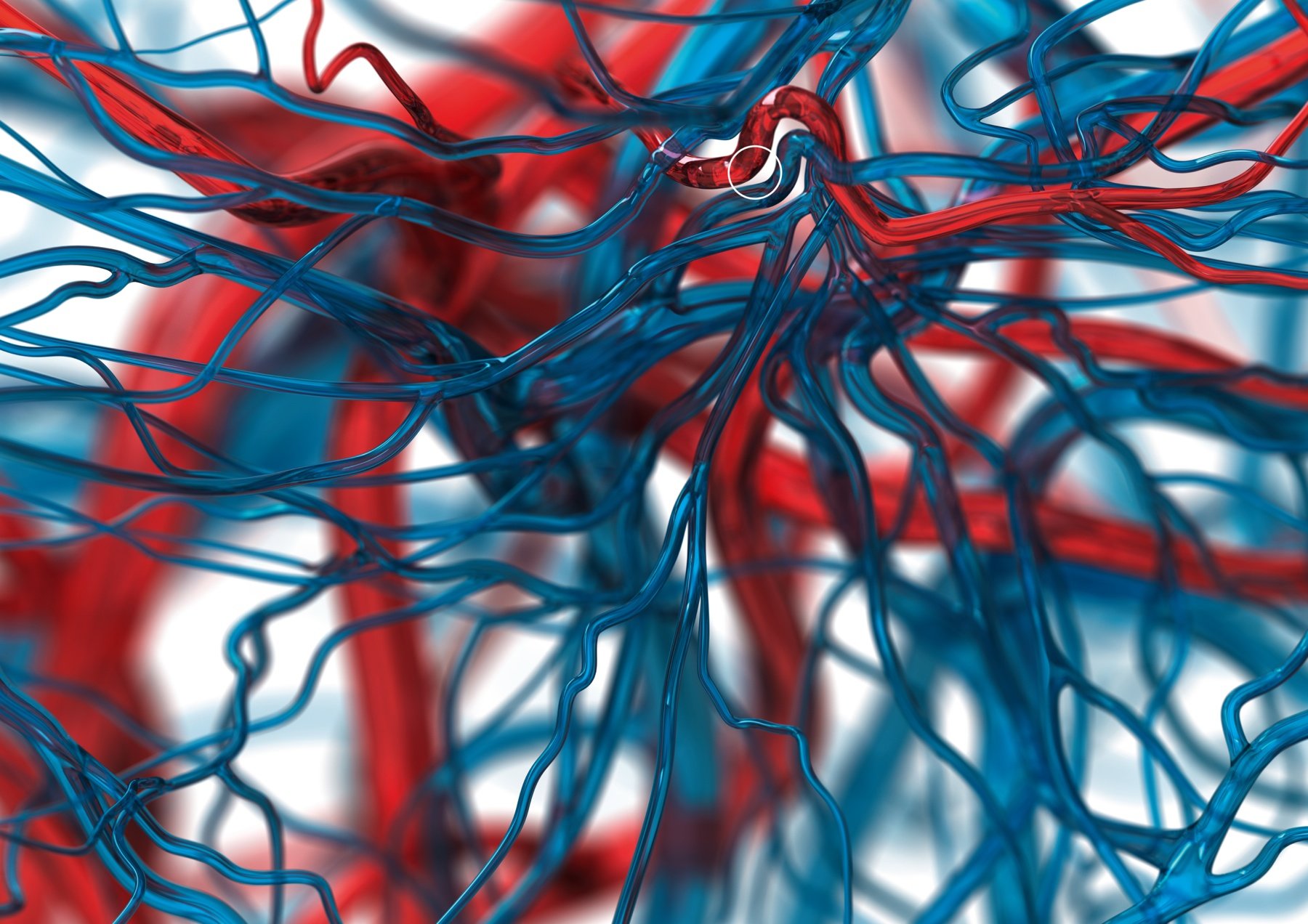
Matteuccia struthiopteris (Onocleaceae) has a present-day distribution across much of the north-temperate and boreal regions of the world. Together these results demonstrate the importance of comprehensive and curated reference databases for effective metabarcoding and the need for locus‐specific validation efforts. The addition of new references allowed for the identification of 16 additional native taxa representing 17.0% of total reads from eDNA samples, including species with vast ecological and economic value. We then compared species and reads identified from seawater environmental DNA samples using global databases with and without our generated references, and the regional database. To this end, we sequenced tissue from 597 species using the MiFish 12S primers, adding 252 species to GenBank's existing 550 California Current Large Marine Ecosystem fish sequences. Furthermore, we compared assignment accuracy with and without the inclusion of additionally generated reference sequences. We also document a tradeoff between accuracy and misclassification across a range of taxonomic cutoff scores, highlighting the importance of parameter selection for taxonomic classification. We demonstrate that the regional database provides higher assignment accuracy than the comprehensive global database. Specifically, we use a taxonomy cross‐validation by identity framework to compare classification performance between a global database comprised of all available sequences and a curated database that only includes sequences of fishes from the California Current Large Marine Ecosystem. Here we evaluate the performance of MiFish 12S taxonomic assignments using a case study of California Current Large Marine Ecosystem fishes to determine best practices for metabarcoding. However, its effectiveness hinges on the quality of reference sequence databases and classification parameters employed. The FANTOM project, led by the Japanese institution RIKEN, aims to build a complete library of human genes.DNA metabarcoding is an important tool for molecular ecology. The study is the result of a years-long collaborative effort among 250 experts from more than 20 countries. The map describes the complex networks that govern gene activity and could play a crucial role in identifying the genes involved with disease, according to the developers. Researchers involved in the Functional Annotation of the Mammalian Genome (FANTOM) project have released a comprehensive map of the way genes work across the major cells and tissues of the human body. This includes articles from sources such as PubMed and Embase.

According to the company, the resource will enable medical affairs teams and medical science liaisons remote access to pre-approved and copyright compliant literature, which can be read offline, from a central repository. This version also offers sample sheets and contrast files which also make it easier to work with large-scale analyses.Įlsevier has launched the QUOSA for iPad application in order to provide customers with mobile access to copyright compliant literature. The release includes features such as automatic aberration classification and gives users the choice to run a standardized data analysis pipeline or customize it for their purposes.įeatures included in this release include two new programs - cuffquant and cuffnorm - that make it easier to quantify gene expression in experiments with many samples. Oxford Gene Technology has released version 4.5.3 of its CytoSure Interpret software, an analysis package for aCGH data. They also include results from software such as MolProbity, Xtriage, Mogul, EDS, as well as various CCP4 programs.

These reports implement the recommendations of a large group of community experts on validation and include the results of geometric checks, structure-factor assessment. The Worldwide Protein Data Bank said this week that it has made validation reports for all X-ray crystal structures in the PDB archive publicly available.

The company also said that customers will be able to integrate public and open databases, such as ClinVar, COSMIC, PhenoDB, and OMIM, through standard connectors in its platform. It will release the names of supported third-party providers in the coming weeks. Syapse said this week that it will allow third-party commercial omics interpretation providers to make their content available to Syapse customers through its platform. Other updates include the addition of the BWA algorithm and expanded licensing options for the software. The release includes a new application called Sequencher Connections that, among other capabilities, lets users integrate the software with third party tools and run Blast searches in multiple databases simultaneously and then compare the results. Gene Codes has released Sequencher 5.2, the latest version of its DNA sequence data analysis software. Advances in Clinical Genomics Profiling.


 0 kommentar(er)
0 kommentar(er)
